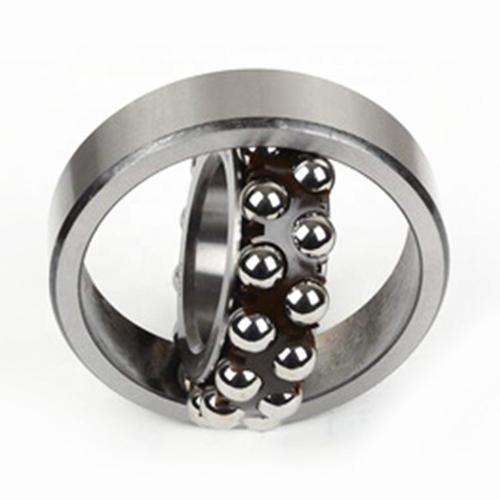Your 2023 Guide to Finding Quality Ball Bearings Near Me | Expert Tips
Ball bearings are essential components in machinery, reducing friction between rotating parts. Whether you're in manufacturing, automotive, or robotics, finding quality ball bearings near your location ensures timely maintenance and operational efficiency. This guide covers everything from selection criteria to local sourcing strategies.
Table of Contents
1. Types of ball bearings2. Ball bearings suppliers near me
3. Industrial ball bearing maintenance
4. Ball bearing cost comparison
5. Ball bearing applications
1. Types of Ball Bearings
 Deep groove ball bearings handle radial and axial loads simultaneously, making them ideal for electric motors. Angular contact bearings support combined loads in pumps, while thrust ball bearings specialize in axial load management for gearboxes. Self-aligning bearings compensate for shaft misalignment in agricultural equipment. Ceramic hybrid bearings offer superior speed capabilities for aerospace applications. Understanding these variations ensures proper selection for your machinery's torque requirements and operational environment.
Deep groove ball bearings handle radial and axial loads simultaneously, making them ideal for electric motors. Angular contact bearings support combined loads in pumps, while thrust ball bearings specialize in axial load management for gearboxes. Self-aligning bearings compensate for shaft misalignment in agricultural equipment. Ceramic hybrid bearings offer superior speed capabilities for aerospace applications. Understanding these variations ensures proper selection for your machinery's torque requirements and operational environment.
2. Ball Bearings Suppliers Near Me
Local suppliers provide advantages like faster delivery and personalized technical support. Evaluate vendors through ISO 9001 certification checks and material traceability documentation. Many regional distributors now offer online inventory tracking systems with real-time stock updates. Consider suppliers offering customized lubrication services or special coating options for harsh environments. Always verify lead times and minimum order quantities, especially for JIT manufacturing operations.
3. Industrial Ball Bearing Maintenance
Proper maintenance extends bearing life by 40-60%. Implement vibration analysis programs to detect early wear signs. Follow manufacturer-recommended relubrication intervals using compatible greases. For food-grade applications, use NSF H1-approved lubricants. Storage conditions should maintain 40-70% humidity levels to prevent corrosion. Train technicians in proper mounting techniques using induction heaters and hydraulic tools to prevent brinelling damage during installation.
4. Ball Bearing Cost Comparison
Pricing varies by material (chrome steel vs stainless steel), precision class (ABEC 1 vs ABEC 7), and quantity. Bulk purchases (500 units) typically offer 15-25% discounts. Compare total cost of ownership including maintenance expenses and warranty terms. Online marketplaces often show 10-30% price variations between suppliers for identical SKUs. Consider customs duties and Incoterms when importing bearings from overseas manufacturers.
5. Ball Bearing Applications
Beyond conventional uses in conveyor systems and HVAC equipment, advanced applications include medical imaging devices requiring ultra-quiet operation and renewable energy systems needing corrosion-resistant bearings for offshore wind turbines. Robotics applications demand miniature bearings with micron-level precision. The electric vehicle sector drives demand for high-speed bearings capable of handling 15,000 RPM in traction motors.
Understanding these critical aspects of ball bearings helps optimize your procurement strategy. Whether you need standard bearings for routine replacements or specialized units for extreme conditions, combining technical knowledge with smart sourcing approaches ensures cost-effective solutions. Explore our detailed supplier comparisons and maintenance guides below to make informed decisions about your bearing needs.
From selecting the right bearing type to implementing preventive maintenance programs, this comprehensive guide equips you with essential knowledge for optimal bearing performance. Partner with certified local suppliers, monitor operational parameters regularly, and stay updated on industry advancements to maintain competitive advantage in your mechanical operations.




 13869596835
13869596835